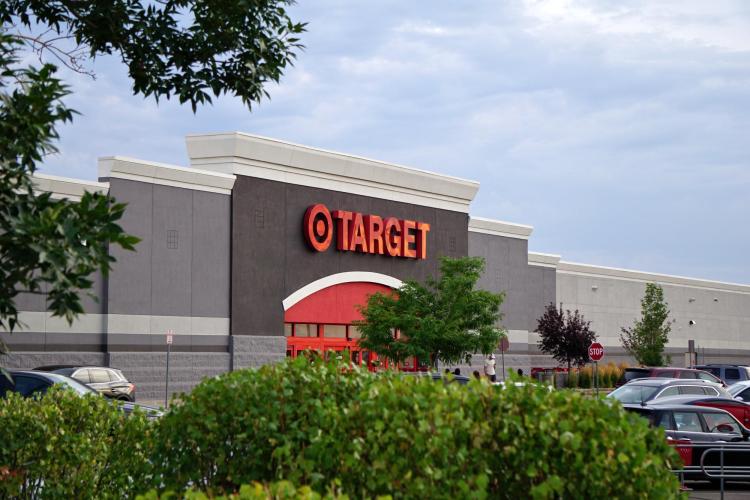Amid culture wars, here’s how companies can cultivate authenticity in Pride Month and beyond
With some of America’s biggest brand names facing widespread boycotts and a firestorm of conservative criticism over their Pride Month support, it’s becoming harder for companies to walk the line of appeasing consumers across the political and ideological spectrum.
On the heels of publicly affirming its commitment to diversity and inclusion, Target relocated or removed merchandise from its Pride Month displays in late May over threats from angry customers and in-store confrontations that were affecting “team members’ sense of safety and well-being,” the company wrote in a statement.
On Tuesday, Target faced another backlash as more than 200 LGBTQ+ and allied organizations called on the company to restock the pulled merchandise and release a statement reaffirming its commitment to the LGBTQ+ community. “When it comes to advancing diversity, equity and inclusion, there is no such thing as neutrality,” the groups wrote in a joint statement.
Sabrina Volpone, an associate professor of organizational leadership at the Leeds School of Business, studies diversity management and inclusivity within organizations. She sat down with CU Boulder Today to discuss how our highly charged political climate is testing companies’ commitment to their diversity, equity and inclusion values.
How do you make sense of these recent pressure campaigns on companies publicly supporting the LGBTQ+ community?
I was asking myself, why now? Target has had Pride Month displays for a long time. I think part of it is the environment that’s been created this year with a number of legal cases and precedents around LGBTQ+ topics, most of which have been very preventive or targeted across the U.S. It’s not just in Florida or Texas—there’s this avalanche of legislation that has given a voice to what I would hope is a small vocal population. I think that’s why we’re seeing this kind of pushback, this ‘Bud Lighting’—it’s a verb now!
How are consumers reacting?
Stakeholders—whether it’s employees or customers—are expecting organizations to state and enact their values. When organizations aren’t consistent in holding up their values, that sends mixed signals. Or, when they try to walk the fence line rather than espousing their values, they’re going to suffer financial consequences, like having boycotts on both sides.
A lot of organizations take the approach of, “If I don’t talk about it or engage in this, nobody can be mad at me.” We’re past that now.

Sabrina Volpone.
How can companies show authenticity and commitment to their values during Pride Month and beyond?
If you’re just talking about rainbows in June and then that idea disappears through the rest of year, or as soon as you’re pressed on it you withdraw, those are signals that you are not consistent.
As a company, it’s important to embed your values into how you do work—because when it’s not authentic, people pick up on that very quickly.
I think the new realization hitting organizations—even those that might be doing it right—is that they’re not going to make everyone happy, and they need to have contingency plans for volatile or chaotic situations. Part of being a responsible ally at this point is being prepared for that volatility that might be associated with the values that we choose.
Can you think of any examples of companies that are doing it right?
Coca-Cola is a leader in the field. In the 90s, Coca-Cola was the recipient of one of the largest racial discrimination lawsuits for hiring. But they’ve shown that even if you had trouble in the past, diversity and inclusion is something you can work on, and with targeted efforts you can change your company culture and how you do business.
What are signs that a company or organization is truly an ally?
I recently did some research looking at how Fortune 500 companies define diversity, and there is such a range of differences in approach. If companies are not even taking the time to really define diversity on their website or if it’s just a legal statement and not a value philosophy about how they approach diversity and inclusion, that’s a warning sign to me that the organization hasn’t really done the work.
The action has to match. Instead of ‘we define diversity as promoting women at every level of the organization,’ that’s fantastic, but how about, ‘we define diversity as increasing representation of women across all levels of the organization, and we have these leadership programs.’ The organizations that are able to connect the dots across talking and action are the ones getting green flags.



